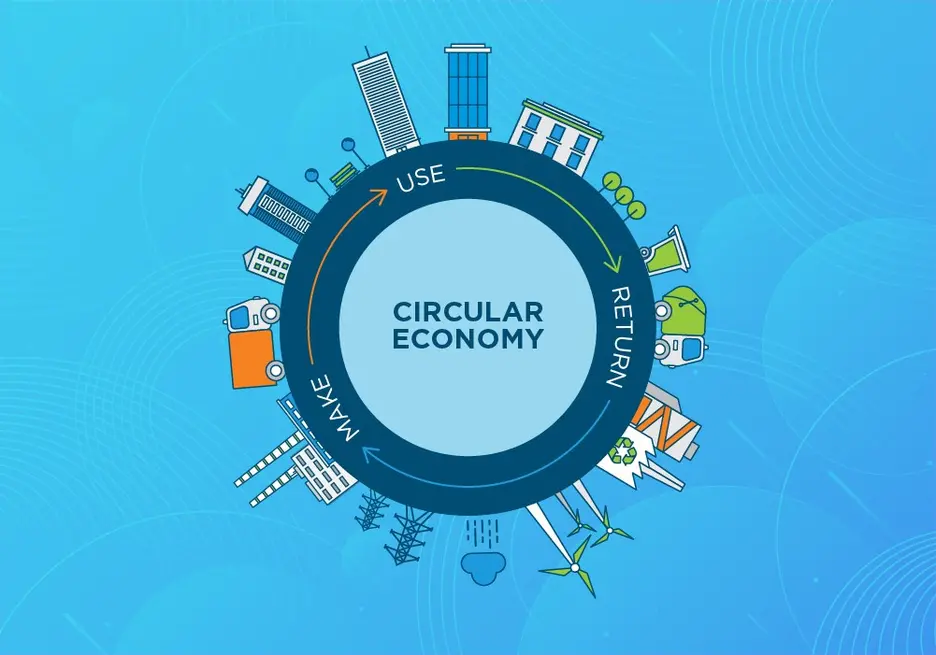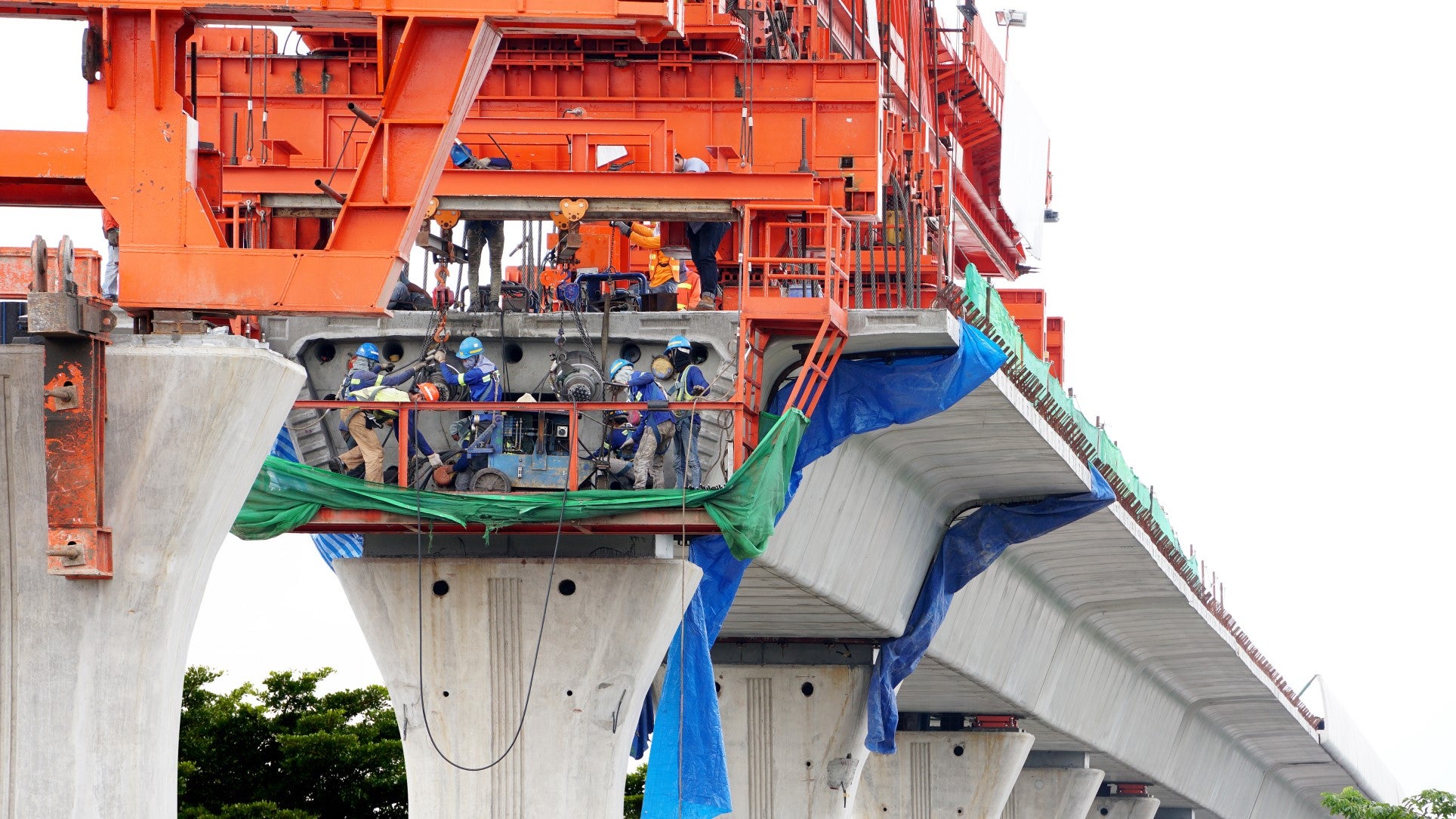The Case for Unlocking the Circular Economy in Latin America and the Caribbean

Around the world, we use natural resources 1.7 times faster than the earth’s ecosystems could regenerate. One third of the 3.9 billion tons of food produced every year is lost or wasted. We consume around 80 billion clothing items a year and log more than 70 million trees to make commonly used synthetic fabrics. Our current consumption and production patterns are unsustainable.
Coupled with global warming, population growth, and increasing inequalities, this path threatens our planet, our economies and our societies as we know them. Indeed, aligning economic, social and environmental concerns can sometimes feel like trying to square the circle.
Circular economy (CE) presents an opportunity for an inclusive and resource-smart future. It is a chance for the region to depart from an incremental into a transformative change that responds with the ambition needed to achieve the Sustainable Development Goals and to adapt to a resource-constrained world.
The case for circular economy
The Ellen MacArthur Foundation defines circular economy as “restorative by design and which aims to keep products, components, and materials at their highest utility and value at all times.” At its core, CE embraces biomimicry where nature does not waste a thing and restores resources and extends products’ lifecycles through thoughtful design and processes along the value chain as a departure from the traditional “take-make-dispose” linear model in favor of one that radically reduces—or eliminates—waste. Increasingly, emphasis is placed on building inclusive CE models that work for all.
By adding value to materials along their lifecycle, supply chains in the CE can increase job creation, improve labor conditions, and provide a pathway to formalization in areas such as recycling.
The World Economic Forum estimates that shifting towards a circular economy could add $1 trillion to the global economy by 2025, prevent 100 million tons of waste and generate 100,000 jobs within five years. The recent launch of Blackrock’s circular economy fund is a powerful signal from mainstream investors recognizing circular solutions as strong and scalable investment opportunities.
For companies, the business case is compelling. CE can help companies boost innovation and productivity, reduce operating costs and reliance on the world’s natural resources, mitigate climate risks in its operations and supply chain, create additional revenue from existing product/services, address consumer ‘s demands for responsible production practices, and create job opportunities.
Across geographies and sectors, businesses are beginning to build CE principles into their processes. An evident circular need in Latin America and the Caribbean relates to the perils of plastic pollution, notably in oceans. Plastech S.A., a plastic recycling firm in Haiti, financed by IDB Invest, produces PET (polyethylene terephthalate) from used bottles. Plastech, and other plastic recycling companies in Panama and Honduras coupled their process with solar energy to increase their waste transformation capacity in a high energy costs context. Photovoltaics enabled closing their production loop.
Circling the square
Virtually any sector or business has circular business opportunities that decrease pressure on our planet’s restorative capacity. ADELCA in Ecuador, financed by IDB, is a steel company that increased the lifespan of scrap by using it as raw material and thereby reducing the country’s steel imports. Notably, ADELCA not only expanded its circular steel capacity but did so in an inclusive manner, integrating and building the capacities of recyclers into its value chain.
Innovation in design and logistics is key to adapt to a resource-constrained environment. Interface Inc., a global manufacturer of carpet tiles, introduced an extended responsibility mechanism to recover not only their own tiles, but also competitors’ and fishnet residues, as circular supplies enable good product stewardship. Online platforms such as Fat Llama or companies like Philips have realized value in moving to sharing and as-a-service (Xaas) principles, moving away from pure ownership models.
To unlock the value of circular economy in our region, strong collaboration among diverse actors along the value chain is indispensable. Governments enable and incentivize circular systems with the proper regulatory environment. Multilateral Development Banks like IDB Invest channel capital to transform business models and to accelerate the transition to a circular system.
At the Manufacturing Unit at IDB Invest, we are always looking for more CE opportunities, and not just because it is good for our planet, but also because it is a great business deal, as it fosters productivity. And according to several studies, Sustainable Companies are more profitable.
Of course, at the center of this transformation lies the Latin American and Caribbean private sector, with its innovative capacity and entrepreneurial spirit. Beyond the systems change imperative, the circular economy is an untapped business opportunity in Latin America and the Caribbean. As Darwin’s theory suggests, it is not the strongest nor the most intelligent species that survives but the one that is most adaptable to change. Business needs to adapt; investors need to foster the shift towards circularity.
Let’s not try to square the circle, let’s circle the square.■
LIKE WHAT YOU JUST READ?
Subscribe to our mailing list to stay informed on the latest IDB Invest news, blog posts, upcoming events, and to learn more about specific areas of interest.
Subscribe



